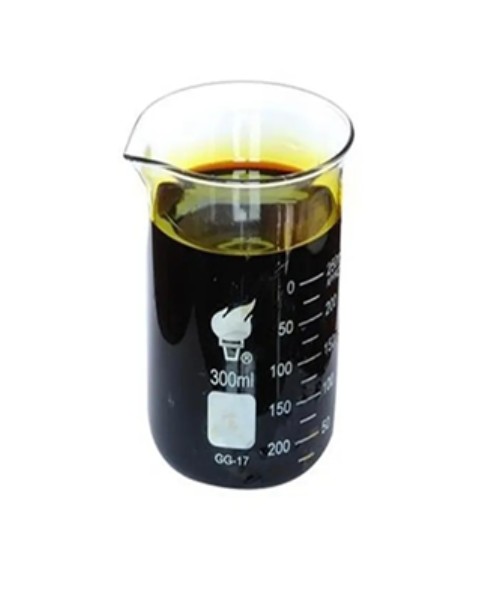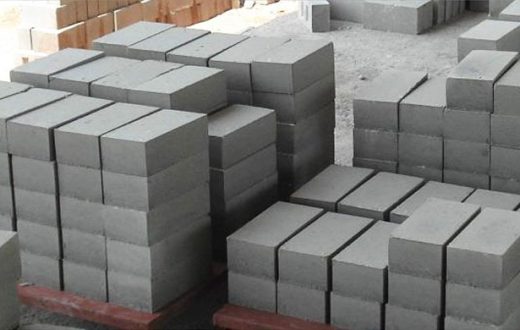Iron(III) chloride, commonly known as ferric chloride, is a versatile chemical compound widely used in various industrial applications. This article provides a comprehensive overview of the uses, specifications, and properties of Extra Ferric Chloride, particularly in sewage treatment, drinking water production, copper etching for printed circuit boards, and as a catalyst in the production of ethylene dichloride.
Applications:
- Sewage Treatment and Drinking Water Production: In sewage treatment, Extra Ferric Chloride plays a crucial role. When introduced to slightly basic water, FeCl3 reacts with hydroxide ions to form iron(III) hydroxide (FeO(OH)-). This compound acts as a flocculant, facilitating the removal of suspended materials and impurities from wastewater. Additionally, it finds application in drinking water production, contributing to the purification process.
- Printed Circuit Board Production: Iron(III) chloride is employed in the etching process of copper during the production of printed circuit boards. The two-step redox reaction transforms copper into copper(I) chloride and subsequently into copper(II) chloride. This etching process is vital for creating intricate circuit patterns on copper surfaces, a fundamental step in the manufacturing of electronic components.
- Catalyst in Ethylene Dichloride Production: Extra Ferric Chloride acts as a catalyst in the reaction between ethylene and chlorine, leading to the formation of ethylene dichloride (1,2-dichloroethane). This compound is a key commodity chemical, serving as a precursor in the industrial production of vinyl chloride, the monomer used in the manufacture of polyvinyl chloride (PVC).
Specification:
The specifications for Extra Ferric Chloride come in two forms – liquid and anhydrous. Here are the key parameters for each:
- Liquid Form:
- Appearance: Clear dark red/brown liquid
- FeCl3 Concentration: 40% (min.)
- Ferrous Salt as FeCl2: 0.10% max.
- Free Acid as HCl: 0.02% max.
- Insolubles: 0.05% max.
- Specific Gravity @ 25°C: 1.42 – 1.46
- Viscosity: 12.1 centi. for a 40% solution
- Crystallization: 40% FeCl3-25°F
- BIS Specification: IS: 711-1970
- Molecular Weight: 162.5
- Melting Point: 282°C
- Solubility: Miscible in water
- Anhydrous Form:
- Appearance: Greenish to black, crystalline powder
- FeCl3 Concentration: 98%
- Ferrous Salt as FeCl2: 0.10% max.
- Free Acid as HCl: Not Applicable (N.A)
- Insolubles: 0.50% max.
- Specific Gravity @ 25°C: 2.8
- Viscosity: Not Applicable (N.A)
- Crystallization: Not Applicable (N.A)
- BIS Specification: IS: 711-1970
- Molecular Weight: 162.5
- Melting Point: 282°C
- Solubility: Miscible in water
Conclusion:
Extra Ferric Chloride emerges as a vital component in various industrial processes, demonstrating its versatility in water treatment, electronics manufacturing, and chemical production. The specified parameters ensure the quality and consistency of its performance across different applications, making it a cornerstone in modern industrial chemistry.


